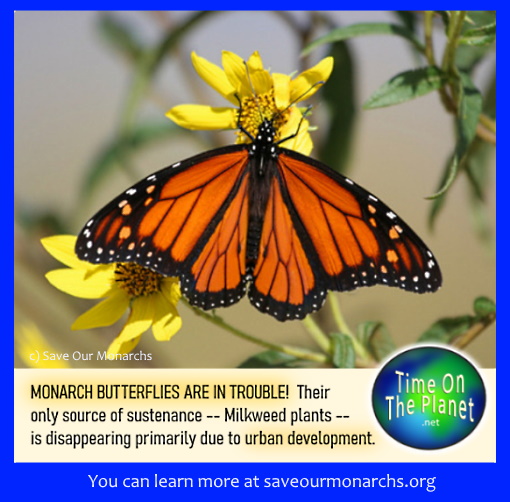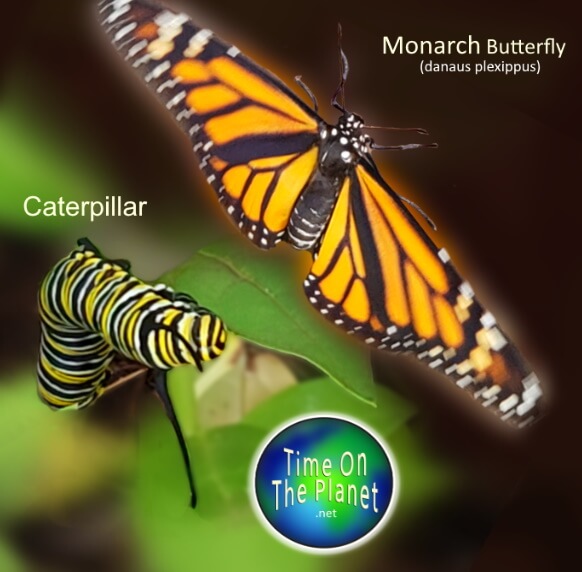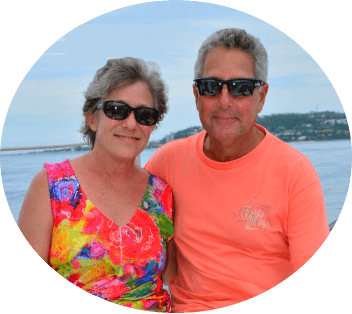STORY UPDATE
We released 17 monarchs between by April 1st and July 10th (2020). This late in our summer, we can no longer easily control the aphids and predators, so we have removed our habitat until after Hurricane Season. We still maintain zinnia, milkweed, gardenias, and other Florida native tropicals to feed loads of butterflies (not just Monarchs), and it’s been quite a year for them. I guess I am noticing them more because we are nearly always at home, and spending so much time enjoying our backyard.
Of the 17 monarchs released, we had nine females and eight males. I learned that our monarchs, if they migrate, are part of the generation that starts in Florida and travels up the eastern seaboard through the Carolinas, Maryland and New Jersey to reach the Vermont area.
It takes five or six generations of butterflies to get all the way to Vermont, because they only live two to three weeks, at most, and can travel only about 500 miles in a lifetime. The butterflies who do reach northeast / eastern Canada, they then migrate...over several generations...back to South Florida and Caribbean Mexico. We will begin to see the Monarchs again in mid-February (which is our spring in Zone 9B). We'll set up the habitat then and start all over again! In the meantime, I’ve taken cuttings of Cape Jasmine and other natives to grow my butterfly garden.
###


